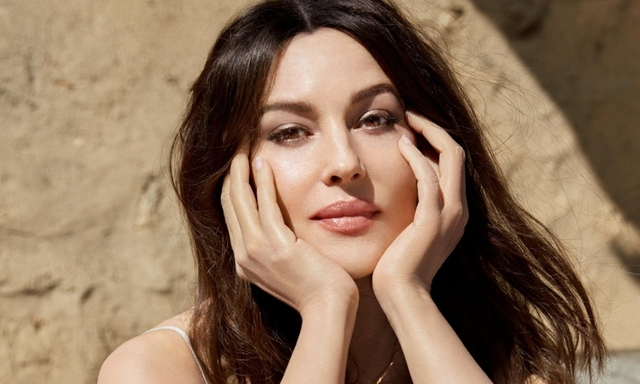Monica Bellucci, an emblem of beauty, grace, and versatility, has carved an indelible mark on global cinema and fashion. Born on September 30, 1964, in Città di Castello, Italy, she emerged as an international icon, seamlessly transitioning from a celebrated modeling career to becoming one of the most respected actresses of her generation. With a repertoire spanning multiple languages and genres, Bellucci continues to captivate audiences worldwide.
Early Life and Education
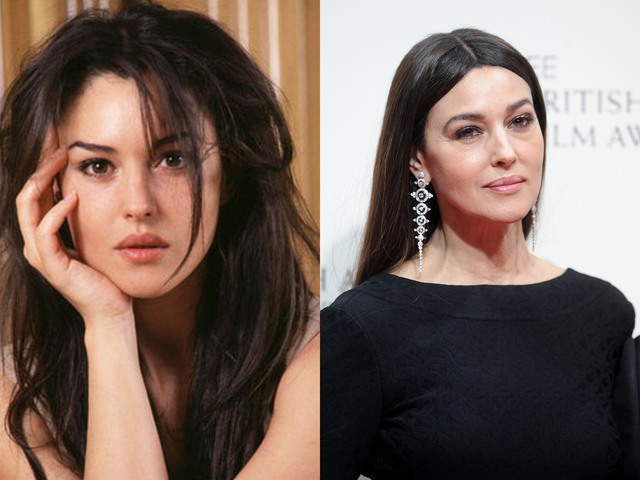
Monica Anna Maria Bellucci grew up in the serene town of Selci-Lama in Umbria, Italy. Her childhood was marked by a profound love for cinema, cultivated through exposure to classic films by directors like Federico Fellini and Roberto Rossellini. Raised in a loving and supportive environment, Bellucci’s natural beauty and poise began attracting attention at a young age.
While pursuing her studies in law at the University of Perugia, Bellucci took up modeling to finance her education. However, her striking looks and innate charisma soon led her to Milan, where she joined Elite Model Management. This pivotal decision marked the beginning of a journey that would transform her into a global fashion sensation.
Video:
The Rise of a Modeling Star
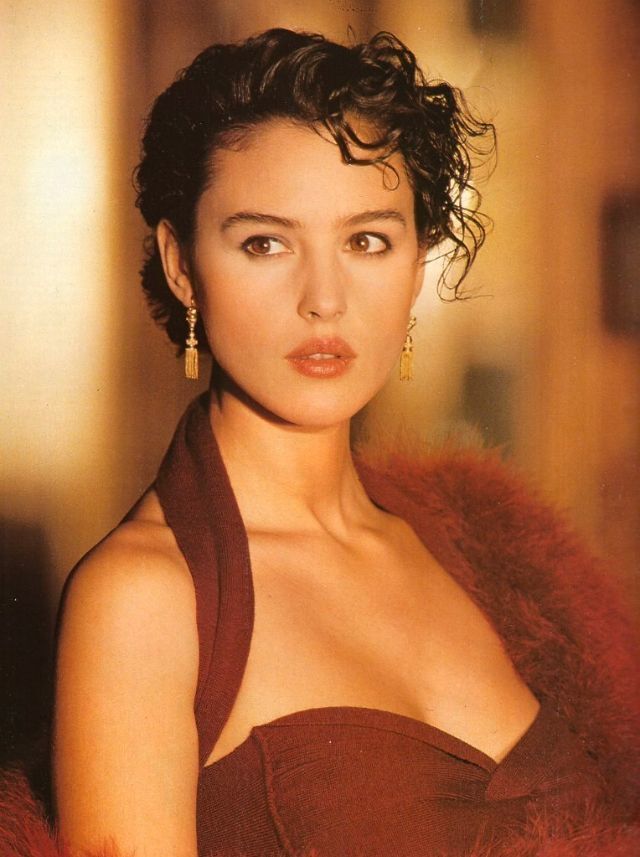
Monica Bellucci’s modeling career flourished in the late 1980s and 1990s, as she graced the runways of Paris and Milan and appeared in campaigns for high-profile brands like Dolce & Gabbana and Cartier. Her Mediterranean allure and captivating presence made her a favorite among top designers and photographers.
Despite her success in modeling, Bellucci felt a deeper calling for acting. In 1990, she made her acting debut in the Italian television film Vita coi figli, which set the stage for her transition to cinema. Her early experiences in the fashion industry not only provided her with confidence but also prepared her for the global stage she was about to conquer.
From Italy to International Stardom
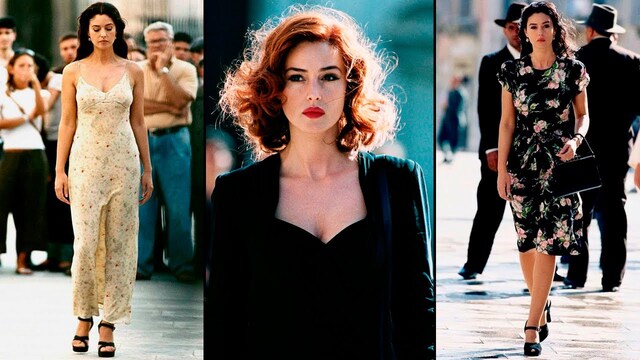
Bellucci’s breakthrough came with her role in the French film The Apartment (1996), which earned her a César Award nomination for Most Promising Actress. This performance not only launched her career in France but also solidified her reputation as a talented actress capable of taking on complex roles.
In Hollywood, she gained recognition for her role as a sensual vampire bride in Bram Stoker’s Dracula (1992), directed by Francis Ford Coppola. However, it was her portrayal of Malèna Scordia in Giuseppe Tornatore’s Malèna (2000) that brought her worldwide acclaim. The film showcased Bellucci’s ability to convey profound emotion and vulnerability, earning her a place among the most respected actresses of her time.
Her versatility shone through in roles ranging from the tragic Mary Magdalene in Mel Gibson’s The Passion of the Christ (2004) to the enigmatic Persephone in The Matrix Reloaded and The Matrix Revolutions (2003). Bellucci’s performances often exude a blend of strength, elegance, and sensuality, making her a compelling presence on screen.
Recognition and Awards
Over the years, Monica Bellucci has received numerous accolades for her work. Her portrayal of Sophie Bernard in the Canadian film Ville-Marie (2015) earned her the Dublin Film Critics’ Circle Award for Best Actress. In Italy, she was honored with the David Special Award for her contributions to cinema.
In addition to her acting achievements, Bellucci has been recognized for her cultural impact. She was named a Knight in the Order of Arts and Letters by the French government in 2006 and later received the Knight insignia in the National Order of the Legion of Honour in 2016.
Personal Life and Relationships
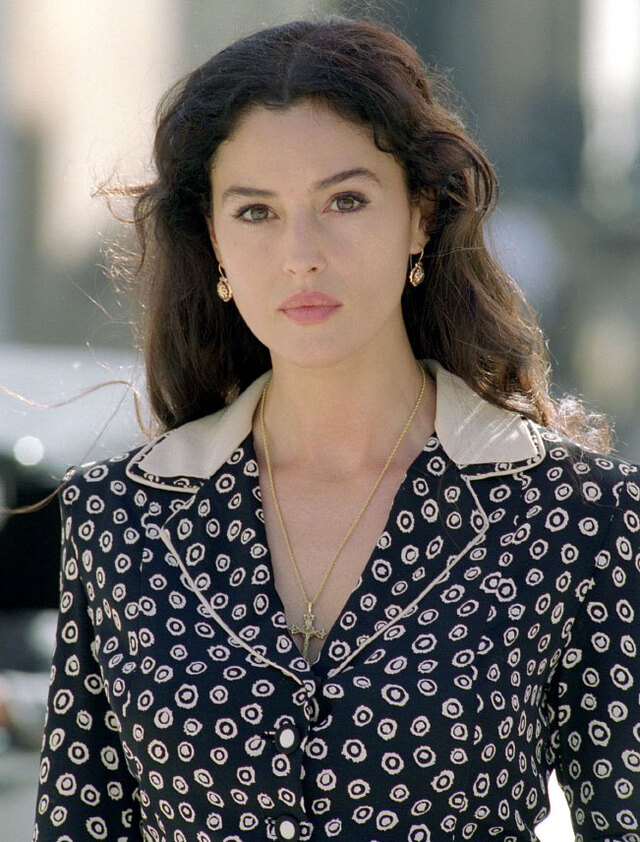
Bellucci’s personal life has often been in the public eye. She was married to French actor Vincent Cassel for over a decade, and the couple has two daughters, Deva and Léonie. Despite their separation, Bellucci and Cassel remain linked by their shared history and the films they worked on together.
In recent years, Bellucci has been romantically linked to filmmaker Tim Burton, further fueling interest in her private life. Yet, she remains steadfast in maintaining her privacy, focusing instead on her career and family.
Cultural Impact and Public Image
Monica Bellucci is widely regarded as a symbol of European glamour and sophistication. Her timeless beauty and natural aging have challenged industry norms, proving that allure transcends age. She has consistently refused cosmetic procedures, embracing her wrinkles as a testament to her life experiences.
As a style icon, Bellucci’s red-carpet appearances are celebrated for their elegance and poise. She continues to collaborate with luxury brands, serving as an ambassador for Cartier and Dolce & Gabbana.
Beyond her public image, Bellucci has used her platform to support charitable causes, including autism awareness and cancer research. Her advocacy for women’s rights and her dedication to promoting Italian culture further underscore her multifaceted influence.
Legacy and Continuing Influence

At the age of 50, Monica Bellucci made history as the oldest “Bond lady” in Spectre (2015), breaking stereotypes in a franchise known for its focus on youth. Her recent projects, including her theatrical debut as Maria Callas in Letters and Memoirs, have further demonstrated her commitment to evolving as an artist.
Bellucci’s career, spanning over three decades, serves as an inspiration to aspiring actors and models. She embodies the idea that true beauty lies in authenticity and that talent, combined with determination, can transcend cultural and geographical boundaries.
Conclusion
Monica Bellucci’s journey from a small town in Italy to the global stage is a testament to her resilience, talent, and grace. Whether captivating audiences with her performances or gracing the covers of international magazines, she remains a beacon of elegance and artistic excellence.
As she continues to challenge conventions and inspire millions, Monica Bellucci stands as a timeless icon—a reminder that true artistry knows no bounds.
